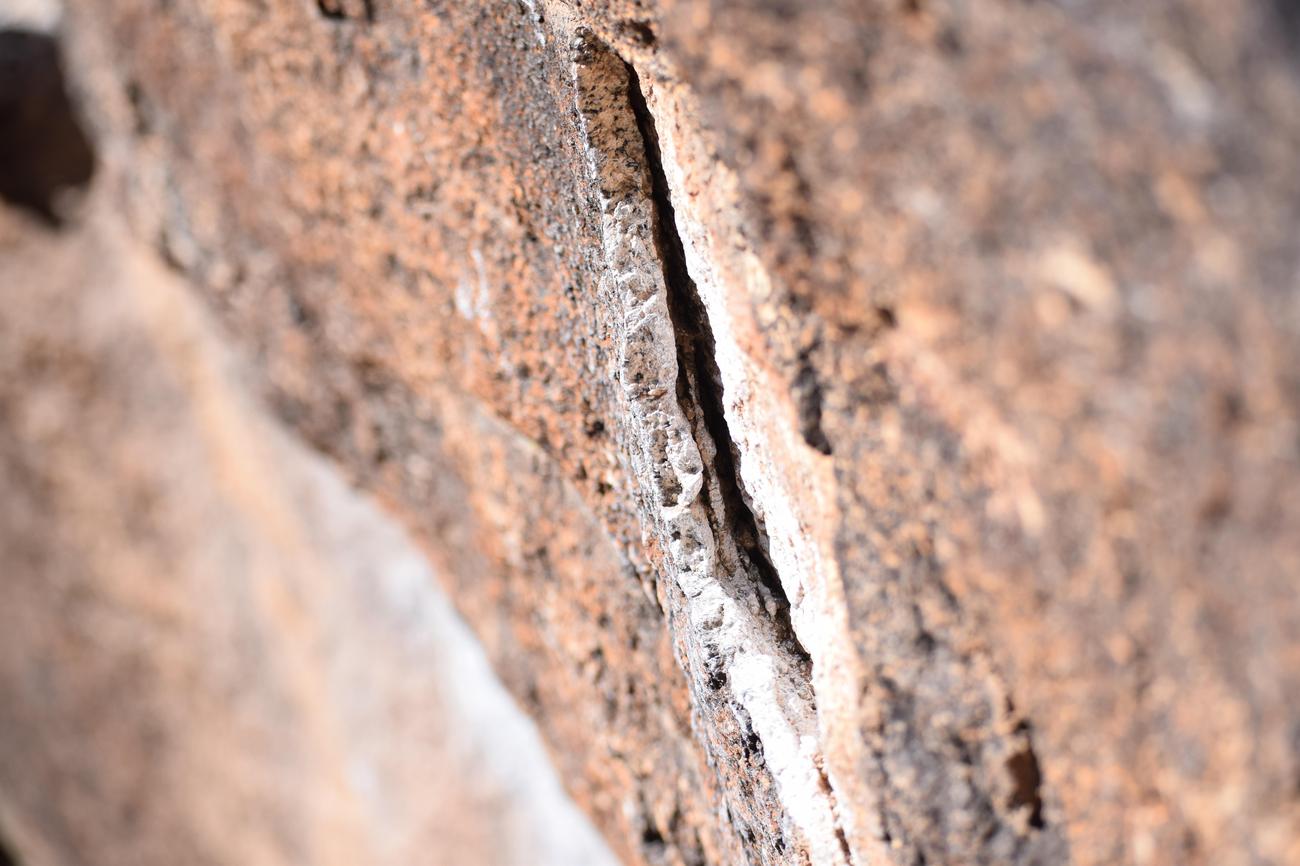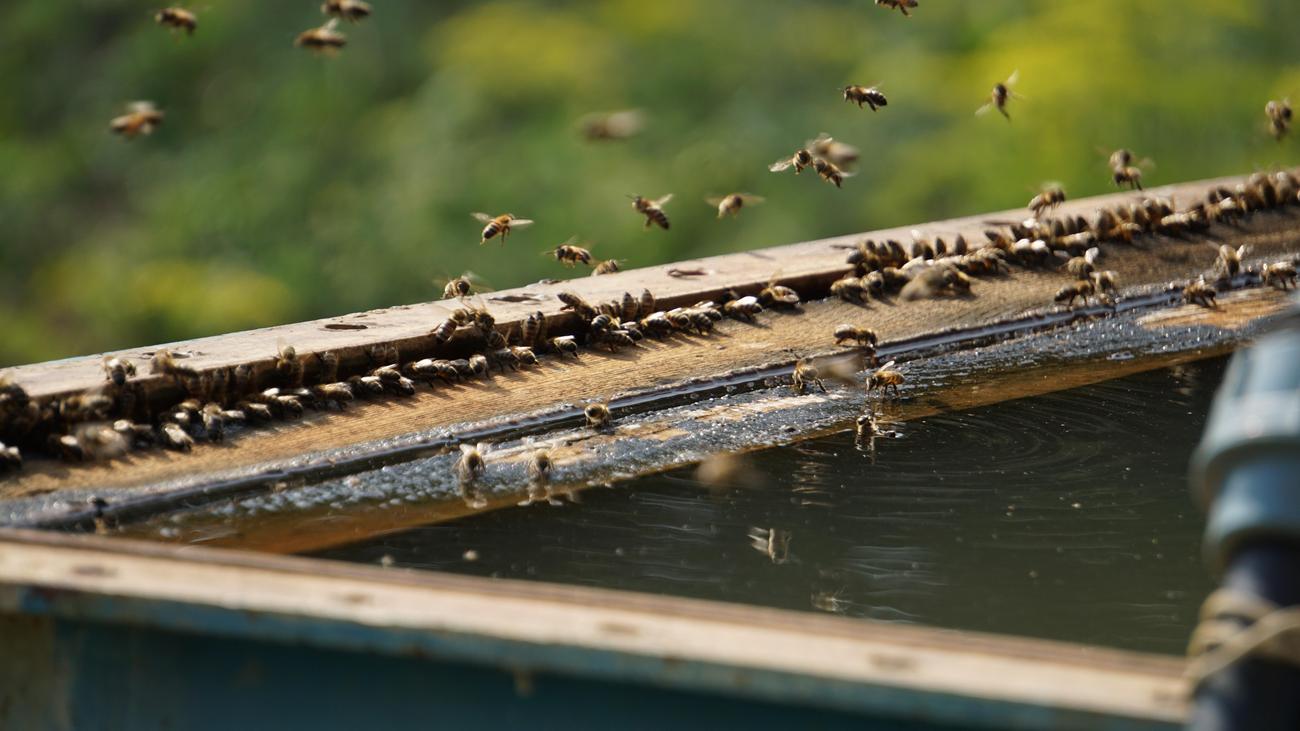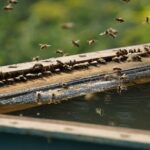Get ready to dive into a world where billions upon billions of tiny, yet mighty, creatures roam the Earth. In this captivating article, we will unravel the mind-boggling numbers that make up the global termite populations. Brace yourself for an eye-opening journey filled with astounding facts and revelations about these often overlooked insects. From the intricate tunnels they create, to their role in shaping our ecosystems, we will unveil the ecological significance of termites, leaving you spellbound by their sheer numbers and impact. So, buckle up and prepare to be amazed as we embark on a riveting exploration of termites worldwide.

Termites Worldwide: Exploring the Astonishing Numbers and Ecological Significance
Number of Termites Worldwide
Termites are incredible creatures that play a crucial role in our ecosystems. Just how many termites are there worldwide? Brace yourself for a mind-boggling statistic: it’s estimated that there are a whopping 10 quadrillion termites across the globe. Yes, you read that right, quadrillion! That’s an astronomical number and a testament to their unrivaled abundance. To put it into perspective, that’s about 1,250 termites for every single human on Earth. Now that’s what I call a staggering population!
So, how do we know this? Well, while there are about 2,000 known termite species, only around 3,000 have been described by scientists. To put it simply, there is still so much to learn about these tiny architects of nature. Thankfully, the University of Florida Termite Collection has contributed significantly to our knowledge, housing an impressive collection of 1,000 described termite species. This helps us gain a better understanding of these remarkable creatures and their global distribution.
Termites: Nature’s Detritivores
Now that we’ve grasped the sheer magnitude of their numbers, let’s explore what termites actually do. These industrious insects are detritivores, meaning they play a crucial role in breaking down dead organic matter. They have a particular penchant for decaying plant material like wood, leaf litter, and soil humus. In essence, termites act as nature’s recyclers, turning fallen trees and organic debris into nutrients that can nourish the soil and support the growth of new life. It’s like having an army of tiny environmental champions tirelessly working to keep our ecosystems in balance.
But have you ever wondered how these little insects communicate and coordinate their efforts? While the context doesn’t provide much specific information, termites have an intricate system of communication. They use a combination of chemical signals, vibrations, and even pheromones to convey information to their fellow colony members. By doing so, termites are able to work together harmoniously, efficiently building their nest and ensuring the survival of their community.
Termites: Ecological Impact and Invasive Species
Termites may not pose a direct threat to humans, but their ecological significance cannot be ignored. While they provide an essential service by breaking down dead plant matter, they can also cause significant economic losses. Their insatiable appetite for wood makes them a menace for structures such as homes and buildings, as well as agricultural crops. In fact, some termite species are considered the most destructive pests in the world.
Two notorious culprits are the Formosan subterranean termite and the Asian subterranean termite. These termite species have earned a reputation for wreaking havoc and causing significant economic damage from their relentless gnawing and tunneling activities. Their ability to colonize areas beyond their native range has resulted in extensive infestations, leading to costly attempts at eradication and control.
Unveiling the Global Diversity of Termites
While we have a wealth of knowledge about some termite species, our understanding of their global diversity is still limited. The scarcity of data availability has hindered our ability to fully comprehend the distribution patterns of termites across the world. However, ongoing research and exploration continue to shed light on this fascinating topic.
It is worth noting that approximately 28 termite species are considered invasive. These invasive species have far-reaching consequences for both the environment and the economy. Their introduction to new areas can disrupt native ecosystems, outcompete local species, and cause immense financial burdens due to the damage they inflict.
In conclusion, termites are an exceptional group of insects with extraordinary numbers worldwide. Their ecological significance cannot be overstated, as they act as nature’s custodians, recycling organic matter and maintaining the delicate balance of our ecosystems. While some termites may cause economic losses, it is crucial to recognize their broader ecological role. With further research and scientific exploration, we can uncover more intriguing facts about these tiny architects and gain a deeper appreciation for their astonishing numbers and ecological significance.
“Termites: nature’s tiny architects diligently working to maintain the ecological balance of our world.”
Termites are fascinating creatures that play a crucial role in the ecosystem. Have you ever wondered just how many termites are there in the world? Well, we have the answer for you! Click here to find out the jaw-dropping numbers and facts about termites in our comprehensive article on “How Many Termites Are There In The World”^how-many-termites-are-there-in-the-world.

FAQ
Q: What is the estimated global population of termites?
A: Termites are one of the most abundant species on the planet, with an estimated population of 10 quadrillion individuals worldwide.
Q: How many known termite species are there in the world?
A: There are about 2,000 known termite species in the world, but only about 3,000 have been described.
Q: How many termite species are included in the University of Florida Termite Collection?
A: The University of Florida Termite Collection represents about 1,000 of the described termite species.
Q: What do termites eat?
A: Termites are detritivores, consuming decaying plant material like wood, leaf litter, and soil humus.
Q: Are termites harmful to humans?
A: Termites are not harmful to humans in the context, but they can cause significant economic losses due to damage to crops and structures.
- Unlock Elemental 2 Secrets: Actionable Insights Now - April 2, 2025
- Lot’s Wife’s Name: Unveiling the Mystery of Sodom’s Fall - April 2, 2025
- Photocell Sensors: A Complete Guide for Selection and Implementation - April 2, 2025
















